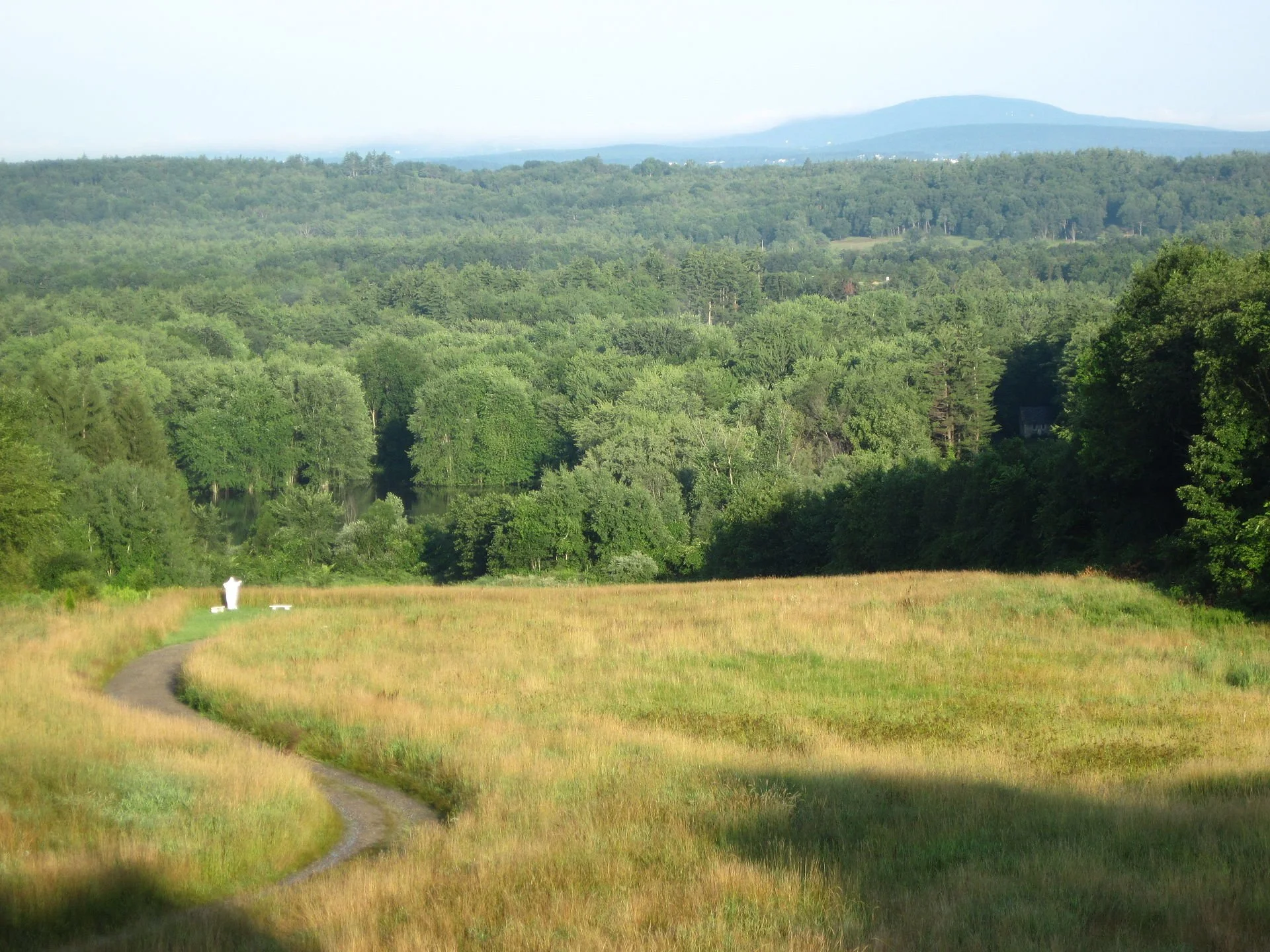Thee Marginal Way, in Ogunquit, Maine
Henry David Thoreau (1817-1862) walked 34 miles to Mount Wachusett, seen on the horizon, from his home in Concord, Mass
— Photo by Benabbey - Template:St. Benedict Abbey
Adapted from Robert Whitcomb’s “Digital Diary,’’ in GoLocal24.com
For a few hours last Thursday, it seemed that you could see the buds on the trees open in front of you in five minutes in the warm wind.
The fine weather reminds me of the joys and usefulness of walks. They’re good for the body and the mind. A good walk can help clarify your thinking when you have a difficult and/or complicated decision to make.
My favorite walks:
Walking from our house down a pot-holed one-lane road to rocky headlands on Massachusetts Bay when I was a boy. It went through cedar and oak woods and by a marsh thick with reeds through which we cut trails and created little rooms. Then I’d look up to the left at a gray-shingled house on a granite crag in the woods where hawks always seemed to be flying. As the road descended slightly to almost sea level there was a cottage to the right – I assume mostly a summer place – on a beach that extended out to a mussel bed. In those days we didn’t eat these shellfish but used them solely for bait to catch mackerel.
Then, near the end of the road, came a little beach, more stones than sand, on the left and two granite headlands, both with quartz stripes, one of which was an island at high tide on which stood a brick mansion, with a swimming pool, which we thought exotic. It was connected to the road by a slightly arched bridge. It took me no more than about 15 minutes to get to this place from our house, but that was enough in the salty air to feel refreshed with new ideas.
When I worked in Lower Manhattan, in the ‘70s, I frequently strolled down Broadway to The Battery, at the tip of the island, to stare out on New York Harbor, usually rippled by a southwest breeze. There I might buy a hot dog, with sauerkraut, from a cart manned by an old man with a beard. He too admired the view, though he noted in some sort of Slavic accent that “It’s too bad the water’s so dirty and smelly.’’ This was before the newly created EPA had sprung into action.
The best days for these walks were Sundays, a work day for me. Hardly anyone lived in Lower Manhattan then – it was almost entirely offices, most in the financial sector -- and so the neighborhood had a kind of sweet sadness on weekends.
One day I was walking with my colleague Marty Hollander down Broadway, and he looked over at the new Twin Towers and said: “Someday someone’s gonna fly into them.’’ I’m trying to recall if he meant intentionally or by accident.
Many of my most vivid memories are from walking in New York, though I only lived there for four years, but visited many times before and after. I guess one’s memories are implanted more firmly when one is young.
Before my Lower Manhattan gig, I’d daily walk to and fro between the campus of Columbia University, where I was a grad student, and the apartment I shared about 25 blocks south. When I didn’t stroll up Riverside Park, I’d go up
Broadway, by the Thalia movie theater and strange eateries. One specialized in Mexican Chinese food. On my way back home, the usual hookers stood by at the entrance to a store that sold newspapers and magazines; they nodded with dignity as people walked by.
On the trip to Columbia, I’d plan out the day, sometimes stopping to jot down ideas and reminders.
In Providence, where I’d come to work at The Providence Journal, then in its last glory decades, I’d hike from our house in Fox Point and later the East Side among the architectural marvels of College Hill to the Journal Building and back again at night – often very late. The homeward-bound trip was fine exercise because of the steep hill. Later on, however, when I became an “executive’’ I found that I no longer had the time and drove. It was frustrating.A
I fixed a lot of problems on these walks, which I did in all weather, including the Blizzard of ’78.











